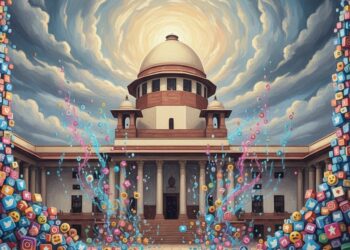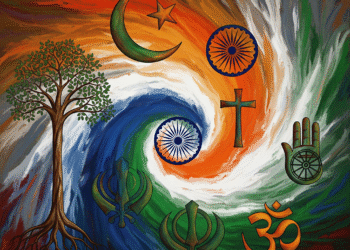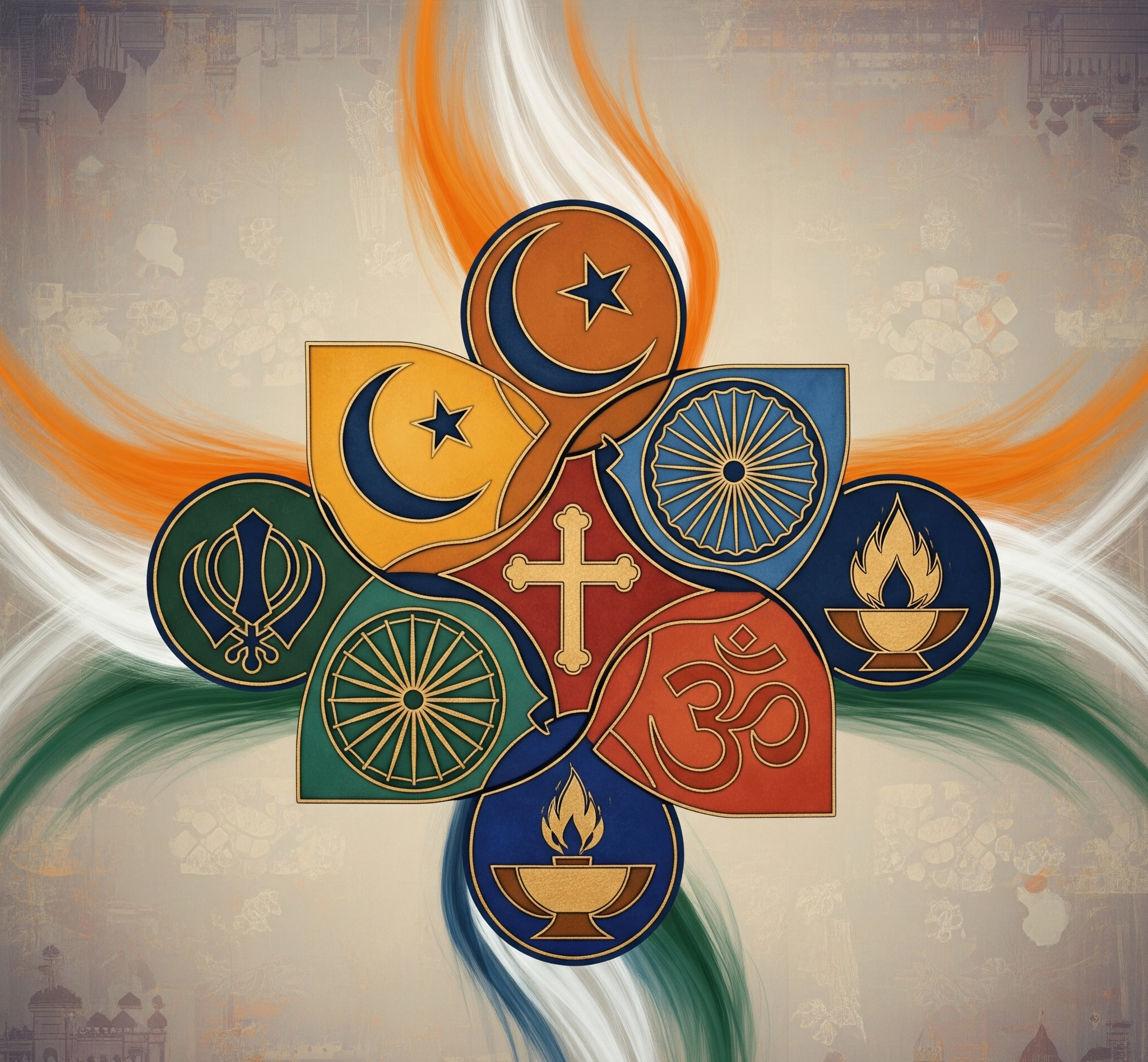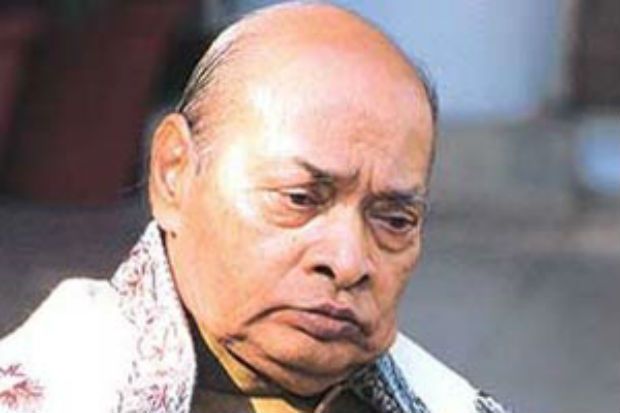Pamulaparti Venkata Narsimha Rao or P.V. Narsimha Rao – born on June 28, 1921 at Laknepally village in Warangal District of Andhra Pradesh in a Niyogi Telugu Brahmin family – had almost retired from a very active political life when the assassination of Rajiv Gandhi in 1991 forced him to step into the very center of the politically charged atmosphere to hold the reins of the minority government as the ninth Prime Minister of independent India. The 1991 general elections were held because the previous Lok Sabha had been dissolved after 16 months of being sworn in. Under Narsimha Rao the minority government managed to remain aloft for the next five years making Rao the first person outside the Nehru-Gandhi family to serve the full term of five years as the Prime Minister of India.
Rao was among the most intellectually capable politicians of his times with a Bachelor’s degree in Arts from the Osmania University, and a Master’s degree in law from Fergusson College, which now operates under the aegis of the University of Pune. Apart from his mother tongue Telugu, Rao could speak seven other Indian languages – Hindi, Urdu, Oriya, Marathi, Bengali, Gujarati and Tamil. In addition to the Indian languages, he had good command over eight foreign languages – English, French, Arabic, Spanish, German, Greek, Latin and Persian.
It is true that Rao does not find a great deal of mention in the public speeches of the top political leaders, including those who belong to his own party, Indian National Congress. Such has been the avoidance of his mention that party President Sonia Gandhi, in her speech on the 125th anniversary of the Congress, reportedly praised all Congress Prime Ministers except Rao. It was reported that “Making no mention of Rao in her 15-minute speech, she said Rajiv Gandhi scripted the course of economic policies that were followed by the government (headed by Rao) for the following five years.” (Source: Press Trust of India, December 28, 2009 ).
 However, none of that undermines the fact that his tenure as the Prime Minister was quite eventful, and it was during his regime that the liberalization of Indian economy was initiated. Noticing that India was on the verge of bankruptcy Rao felt that liberalization of economy was in the best interest of the nation. And it was then that Rao chose to place his faith in the abilities of the former RBI (Reserve Bank of India) Governor and noted economist Dr. Manmohan Singh and left the execution of the economic liberalization in his able hands. He broke the convention by appointing a non-political economist, Dr. Singh as his Finance Minister.
However, none of that undermines the fact that his tenure as the Prime Minister was quite eventful, and it was during his regime that the liberalization of Indian economy was initiated. Noticing that India was on the verge of bankruptcy Rao felt that liberalization of economy was in the best interest of the nation. And it was then that Rao chose to place his faith in the abilities of the former RBI (Reserve Bank of India) Governor and noted economist Dr. Manmohan Singh and left the execution of the economic liberalization in his able hands. He broke the convention by appointing a non-political economist, Dr. Singh as his Finance Minister.
However, the major political event that is still held against Rao’s government was the demolition of Babri Masjid in Ayodhya, and it was the Ayodhya issue that saw the rise of Bhartiya Janta Party (BJP) as a viable political alternative to the Congress. How could a political miscalculation of this kind take place at the hands of somebody of such political acumen as Narsimha Rao, who was also referred to as ‘ Chanakya ‘ by some, continues to be a baffling mystery.
Rao had started his political career as a freedom fighter, and took politics as his career after the independence. When Congress split in 1969, he stood firmly by Indira Gandhi and supported her as well as he could. He was the Chief Minister of Andhra Pradesh from 1971 to 1973. During the darkest hour of Indian democracy when the Emergency was imposed in 1975, which continued until 1977, Rao remained loyal to Indira Gandhi throughout. However, by then he had already risen to prominence by holding several diverse portfolios in the government including Home and Defence. He was an integral part of the cabinets of both Indira Gandhi and Rajiv Gandhi.
Babri Masjid Demolition
The foremost failure of Rao government happens to be the demolition of Babri Masjid by the so-called ‘ karsevaks ‘ allegedly led by Vishva Hindu Parishad (VHP) despite the clear assurance given by the then government of Uttar Pradesh to the Supreme Court of India that the disputed structure known as ‘Babri Masjid’ would not be harmed. The Central Government failed to intervene in time, and Narsimha Rao could do little more than trying to defend his position by citing the sanctity of the federal structure after the deed was done.
An inquiry was initiated by the Government of India and the Liberhan Commission was constituted on December 16, 1992 to investigate the facts surrounding the demolition. The inquiry was the most time-consuming inquiry ever in the history of India having took around 17 years and 48 extensions by several governments. The Commission submitted its report to Prime Minister Manmohan Singh on June 30, 2009.
 The Commission, after investigating the facts of the case and recording the statements of several bureaucrats, police officials and top politicians such as Kalyan Singh, L.K. Advani, Murli Manohar Joshi, Uma Bharti, Mulayam Singh Yadav and Narsimha Rao himself, held 68 people culpable, including L K Advani, Murli Manohar Joshi and Atal Bihari Vajpayee. The Commission found the role of the then Chief Minister Kalyan Singh particularly blameworthy, and named the RSS (Rashtriya Swayamsevak Sangh) as the chief architect of the Demolition. However, Narsimha Rao was exonerated and the Commission accepted the contention of the Central Government that the central forces could not be pressed into service in defense of the disputed structure because the Union could not have acted simply on the basis of media reports, and such drastic step wouldn’t have been in keeping with the federal structure of Indian polity.
The Commission, after investigating the facts of the case and recording the statements of several bureaucrats, police officials and top politicians such as Kalyan Singh, L.K. Advani, Murli Manohar Joshi, Uma Bharti, Mulayam Singh Yadav and Narsimha Rao himself, held 68 people culpable, including L K Advani, Murli Manohar Joshi and Atal Bihari Vajpayee. The Commission found the role of the then Chief Minister Kalyan Singh particularly blameworthy, and named the RSS (Rashtriya Swayamsevak Sangh) as the chief architect of the Demolition. However, Narsimha Rao was exonerated and the Commission accepted the contention of the Central Government that the central forces could not be pressed into service in defense of the disputed structure because the Union could not have acted simply on the basis of media reports, and such drastic step wouldn’t have been in keeping with the federal structure of Indian polity.
The indictment of the State Government by the Liberhan Commission was both unambiguous and acerbic. The Commission minced no words in stating that: “Knowing fully well that its facetious undertakings before the Supreme Court had bought it sufficient breathing space, it (State Government) proceeded with the planning for the destruction of the disputed structure.” ( Source: The Indian Express , New Delhi, November 25, 2009 ).
Originally written for and published in LAWYERS UPDATE in two parts as a part of ‘THE LAW AND THE CELEBRITIES‘ series in December 2012.






